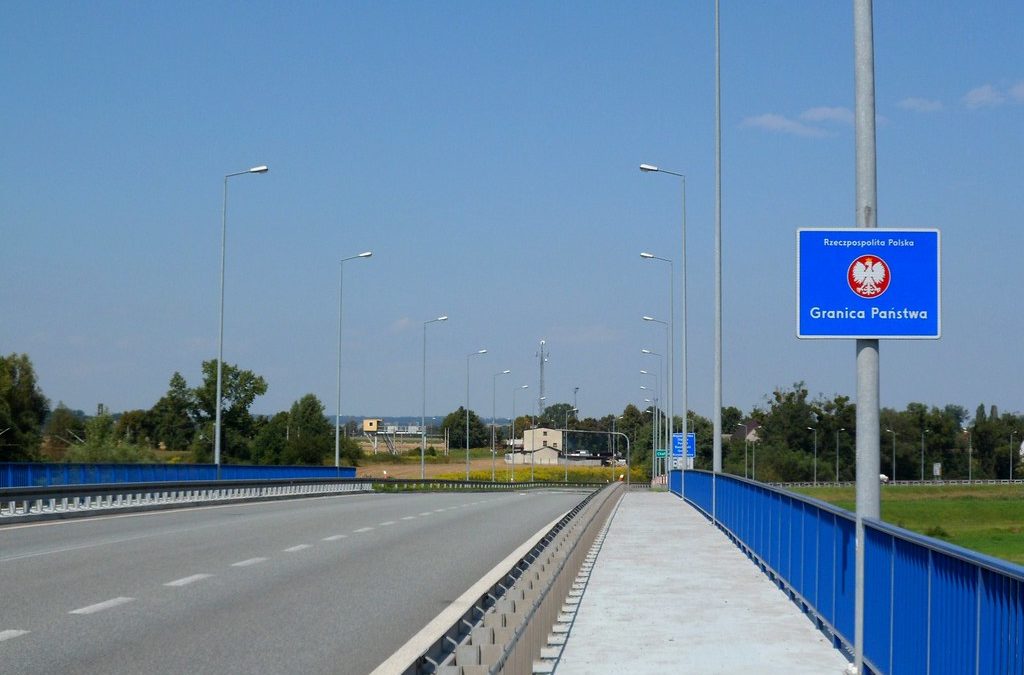New data from Eurostat reveal that in 2018, for the second year running, Poland issued more first residence permits to immigrants from outside the European Union than did any other member state.
The figures reflect a recent wave of mass immigration to Poland that is unprecedented in the country’s history and among the largest experienced by any country in Europe (as we have previously discussed here).
In 2018, Poland issued 635,335 first residence permits, putting it ahead of Germany (543,571) in second and the United Kingdom (450,775) in third. The figures are similar to those from 2017, when Poland again issued the most permits. In 2016 and 2015, Poland’s numbers were also well above 500,000, and in both years it was behind only the UK.
One big change in the 2018 has been a decline in the proportion of permits going to Ukrainians, who have made up the vast majority of immigrants coming to Poland. Last year, 65% of permits went to citizens of Ukraine, down from 86% and 88% in the preceding two years.
This could indicate that the large existing Ukrainian population in Poland is becoming more settled, with fewer new arrivals. It could also reflect the fact that Poland is facing greater competition for Ukrainian workers from other countries, such as Hungary, Slovakia and Germany. Or it may simply show that, as Poland’s central bank has warned, the pool of potential migrants from Ukraine is drying up.
Poland's central bank says up to 25% of the many Ukrainians working in Poland could by 2024 move to Germany, which is opening up its labour market.
But the bank also notes that Ukrainians in Poland are becoming more settled, increasingly bringing families https://t.co/b49u26p0dm
— Notes from Poland 🇵🇱 (@notesfrompoland) August 20, 2019
The reduction in the number of Ukrainians has been compensated by growing arrivals from another eastern neighbour, Belarus, whose citizens accounted for 20% of permits last year, up from 6% of in 2017.
However, there was also a growth in arrivals from further afield, with the proportion of permits going to Turkish and Indian citizens more than doubling. Immigrants from beyond Europe, especially Turkey and South Asia, have become an increasingly visible sight in large Polish cities, although the overall numbers are still small.
Many @ubereats drivers in Warsaw are from South Asia, and today some of them played a spot of cricket in the park on their break – probably an intriguing sight for locals in a country with no tradition of cricket or non-European immigration. Via @PLwDD: https://t.co/C9WfGk4Ucx pic.twitter.com/vvfiHVcWJe
— Notes from Poland 🇵🇱 (@notesfrompoland) June 2, 2018
Poland’s recent levels of immigration in recent years has provided a significant economic boost, helping to offset demographic decline and mass emigration of Poles, which would otherwise have left employees struggling to hire amid a rapidly expanding economy and record low unemployment.
Recent analysis by PKO Bank Polski, Poland’s largest bank, highlighted how the 600,000 immigrants paying into the pension system have helped bolster the public finances.
Yet immigration remains a little-discussed topic in Polish politics and media. It barely featured in the recent parliamentary election campaign. In particular, the ruling Law and Justice (PiS) party has been reluctant to draw attention to the unprecedented levels of immigration that it has overseen in government, which contradict its image as an anti-immigration party.
When an interior ministry document admitting that Poland needs more immigrant workers was leaked earlier this year, it led to the firing of two senior officials. In 2018, a deputy minister was dismissed after saying that “Poland must [open up to migration] and even if it doesn’t want to”.
Main credit: Polish Border Flickr/ viandistoo (under CC BY 2.0)

Daniel Tilles is editor-in-chief of Notes from Poland. He has written on Polish affairs for a wide range of publications, including Foreign Policy, POLITICO Europe, EUobserver and Dziennik Gazeta Prawna.




















